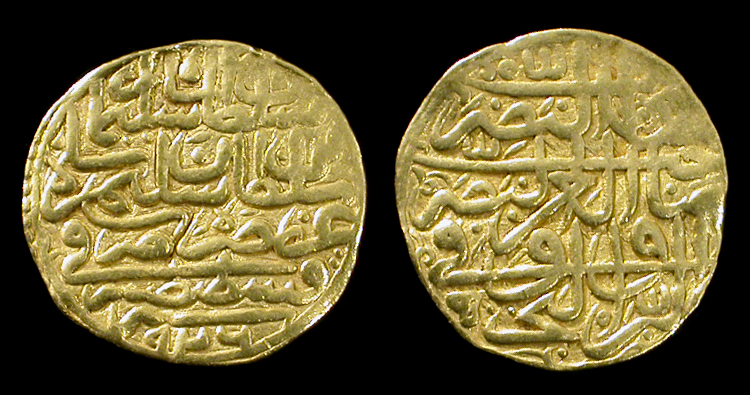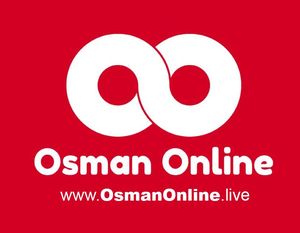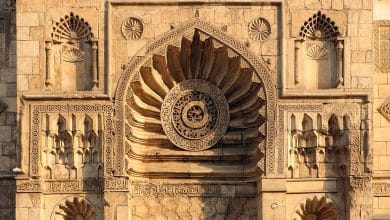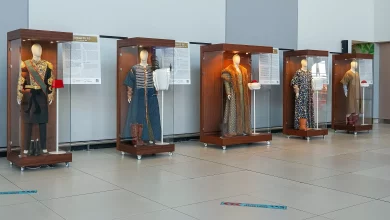Treasures of the Past: Ottoman Gold Coins and Their Journey to Mecca

During the 1600s and 1700s, the Ottoman Empire boasted one of the most sophisticated and diverse economies in the world. Its strategic position at the crossroads of Europe, Asia, and Africa gave it unparalleled access to global trade routes, creating exceptional opportunities for commerce and economic growth. However, behind its vast prosperity lay a series of systemic issues that would eventually lead to its economic decline. This complex and dynamic mix of traditional and progressive economic models defined the empire and played a significant role in both its success and eventual downfall.
Agriculture: The Backbone of Ottoman Prosperity
The vast majority of the Ottoman population lived in rural areas, relying on farming to sustain their livelihoods. Agriculture formed the backbone of the empire’s economy, supported by its fertile lands, abundant water resources, and advanced irrigation systems. The Ottomans cultivated a variety of crops, including wheat, barley, corn, rice, cotton, and tobacco, which flourished across the empire’s rich plains. These agricultural products were not only sufficient for domestic consumption but also fueled trade within and beyond the empire’s borders, bringing in significant revenue.

Industry and Craftsmanship: A Flourishing Economy
Beyond agriculture, the Ottoman Empire had a thriving manufacturing sector, particularly known for its textiles, ceramics, and metalwork. Ottoman craftsmen were highly skilled, producing goods of such exceptional quality that they were sought after across Europe. The manufacturing industry became a major source of wealth for the empire, as textiles and other products made by Ottoman artisans were in high demand. The success of these industries demonstrated the empire’s ingenuity and resourcefulness, allowing it to flourish as a major economic power during this period.
State Monopolies and Tax Farming: A Double-Edged Sword
The Ottoman economy also relied heavily on state-controlled monopolies, known as “capitulations.” These monopolies granted certain merchants exclusive rights to produce and trade specific goods. While these measures were initially intended to boost commercial activity and ensure a steady flow of revenue for the state, they eventually became a source of corruption and inefficiency. The monopolies often led to bribery and preferential treatment, undermining the intended economic benefits.
Tax farming was another key component of the Ottoman economic model. Instead of employing a large bureaucracy to collect taxes, the state granted individuals or groups the right to collect taxes from specific regions. This system allowed the empire to raise funds efficiently, but it also had significant drawbacks. Tax farmers often abused their authority, extracting more than what was due from the general population, leading to resentment, economic instability, and widespread corruption.
Global Trade: A Strategic Crossroads
As a major economic hub, the Ottoman Empire played an essential role in global trade. Positioned at the intersection of three continents, it served as a bridge connecting the East and West. Ottoman merchants traded with regions across the globe, benefiting from the empire’s well-developed transportation infrastructure, which included extensive road networks and bustling ports. The empire’s strategic location allowed goods to move quickly and efficiently, facilitating international trade and cementing the Ottomans as a key player in global commerce.
Public and Privy Treasuries: The Dual Treasury System
In accordance with a tradition dating back to the Huns, the Ottoman Empire maintained two types of treasuries: one for the state and one for the sovereign. The state treasury, known as the Outer Treasury (Birun Hazinesi), was kept outside the palace and was used to manage public funds. The sovereign’s treasury, known as the Inner Treasury (Enderun Hazinesi), was kept within the palace and consisted of the sultan’s personal wealth. After Sultan Mahmud II, these treasuries were renamed Hazine-i Amira (State Treasury) and Hazine-i Hassa (Privy Treasury), respectively.
The state treasury, also known as Bayt al-Mal (House of Wealth) in Islamic law, consisted of various sources of income. These included zakat, war booty, mine and treasure taxes, levies on non-Muslims, and unclaimed inheritance. The efficient collection and proper use of these funds were crucial to maintaining the empire’s stability and ensuring public loyalty.

Challenges and Decline
Despite its many strengths, the Ottoman economy faced several challenges that contributed to its decline. One of the most significant issues was the empire’s inability to keep pace with Europe’s rapid economic and technological advancements. As European nations industrialized, they produced goods more efficiently and at a lower cost, making it difficult for the Ottoman Empire to compete. The influx of cheaper European goods flooded Ottoman markets, undermining local industries and weakening the economy.
The empire’s heavy reliance on agriculture also posed significant risks. Although agriculture was vital to the economy, it was highly susceptible to natural disruptions such as droughts and floods. These vulnerabilities led to frequent market fluctuations, causing economic downturns that further weakened the empire’s financial stability.
The “capitulations” and tax farming systems, which were initially designed to strengthen the economy, eventually became significant liabilities. The monopolies encouraged bribery and inefficiency, while tax farmers’ exploitative practices deepened economic disparities and eroded public trust. Additionally, land ownership issues exacerbated inequality, as wealthy landowners accumulated more power, leaving smaller farmers struggling to survive.
Frequent wars also took a heavy toll on the economy. The empire’s constant military engagements drained resources, disrupted trade routes, and placed an enormous strain on the population. Moreover, the rise of European powers, with their increasing influence in global trade and commerce, posed a formidable challenge to the Ottoman Empire’s economic dominance.
Economic Principles and Practices
The Ottoman economic system was based on principles of social justice, with an emphasis on ensuring fairness and stability within society. Private property was considered inviolable, and economic activities were largely left to private individuals, with the state serving as a regulator to maintain order and prevent monopolistic practices. Trade was free, but price ceilings (narh) could be set on essential goods like bread and meat to protect consumers from exploitation. Additionally, certain goods, such as wine and pork, were banned for Muslim traders in adherence to Islamic principles.
The state took measures to prevent scarcity by prohibiting exports of strategic materials like cereals and restricting imports of certain goods. Monopolies on the production and sale of specific goods, such as salt, tobacco, and silk, were occasionally imposed by the state to regulate prices and maintain economic stability. Public services, such as education, healthcare, and infrastructure, were largely managed by charitable foundations, which played a significant role in providing for the welfare of the population.
A Legacy of Complexity
The Ottoman Empire’s economy was a fascinating blend of tradition and innovation. Agriculture served as its backbone, but manufacturing and trade were also crucial pillars of its economic strength. The empire’s reliance on state monopolies and tax farming had both benefits and drawbacks, ultimately contributing to its decline. Issues such as corruption, inefficiency, unequal wealth distribution, and external competition prevented the economy from realizing its full potential.
Despite these challenges, the Ottoman economy was, at its height, a testament to the empire’s diversity and adaptability. Its strategic position, skilled craftsmen, and agricultural abundance allowed it to support a vast population and maintain its influence on the world stage for centuries. The story of the Ottoman economy is one of both immense prosperity and eventual decline—a reminder of the complexities that come with managing an empire of such scale and diversity.
Kudüs Fatihi Selahaddin Eyyubi Episode 31: The Battle for Bakras





